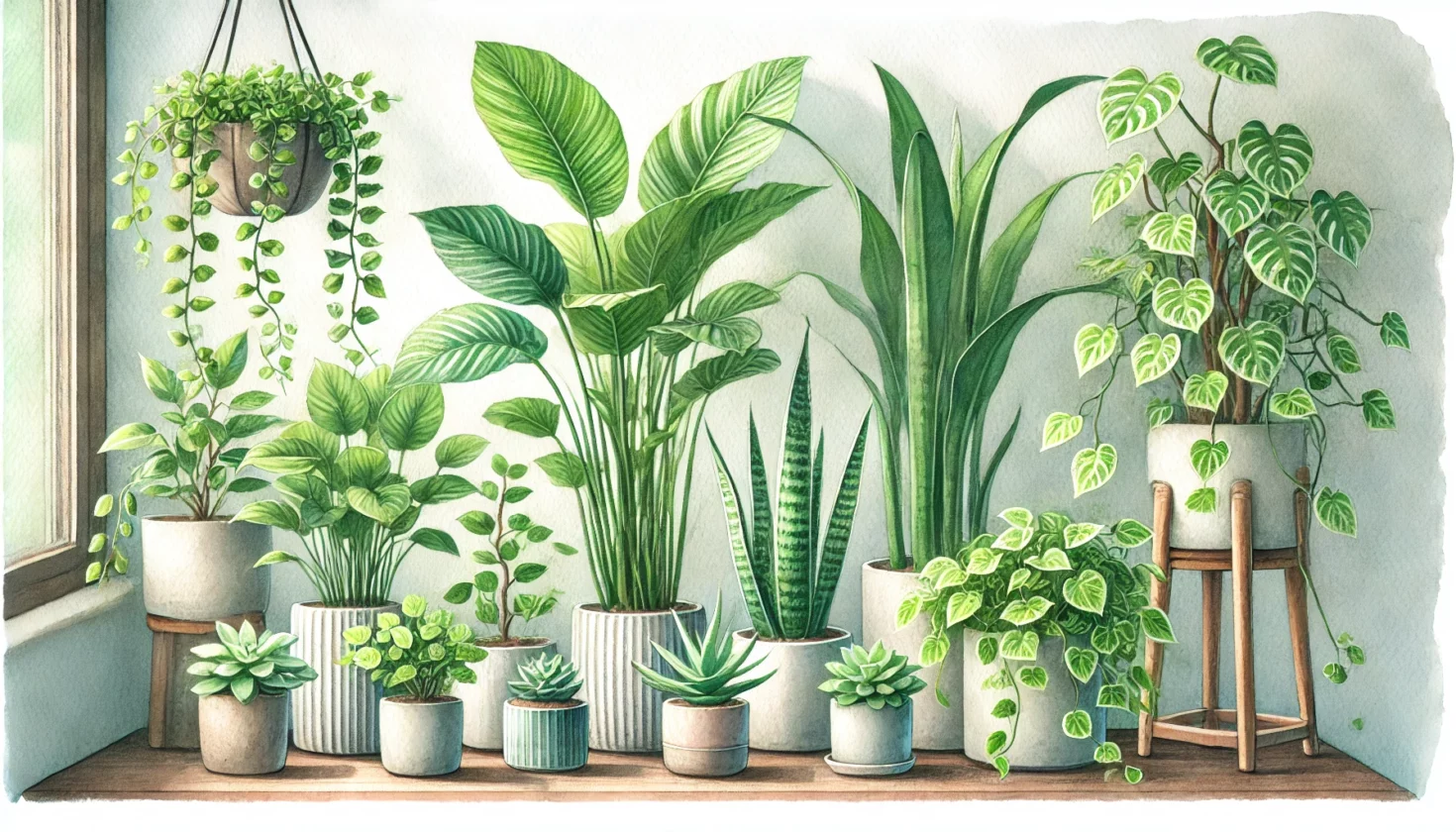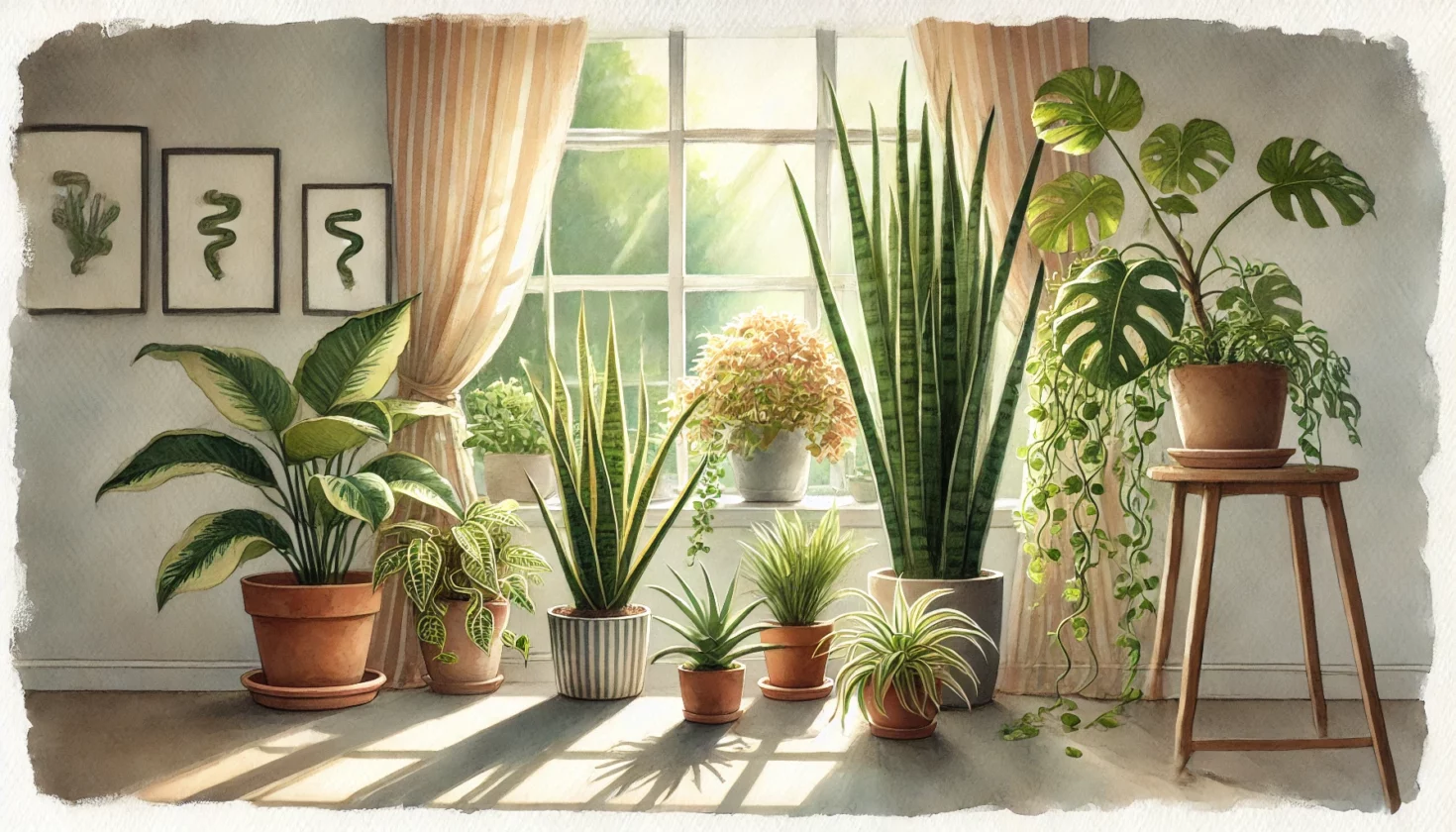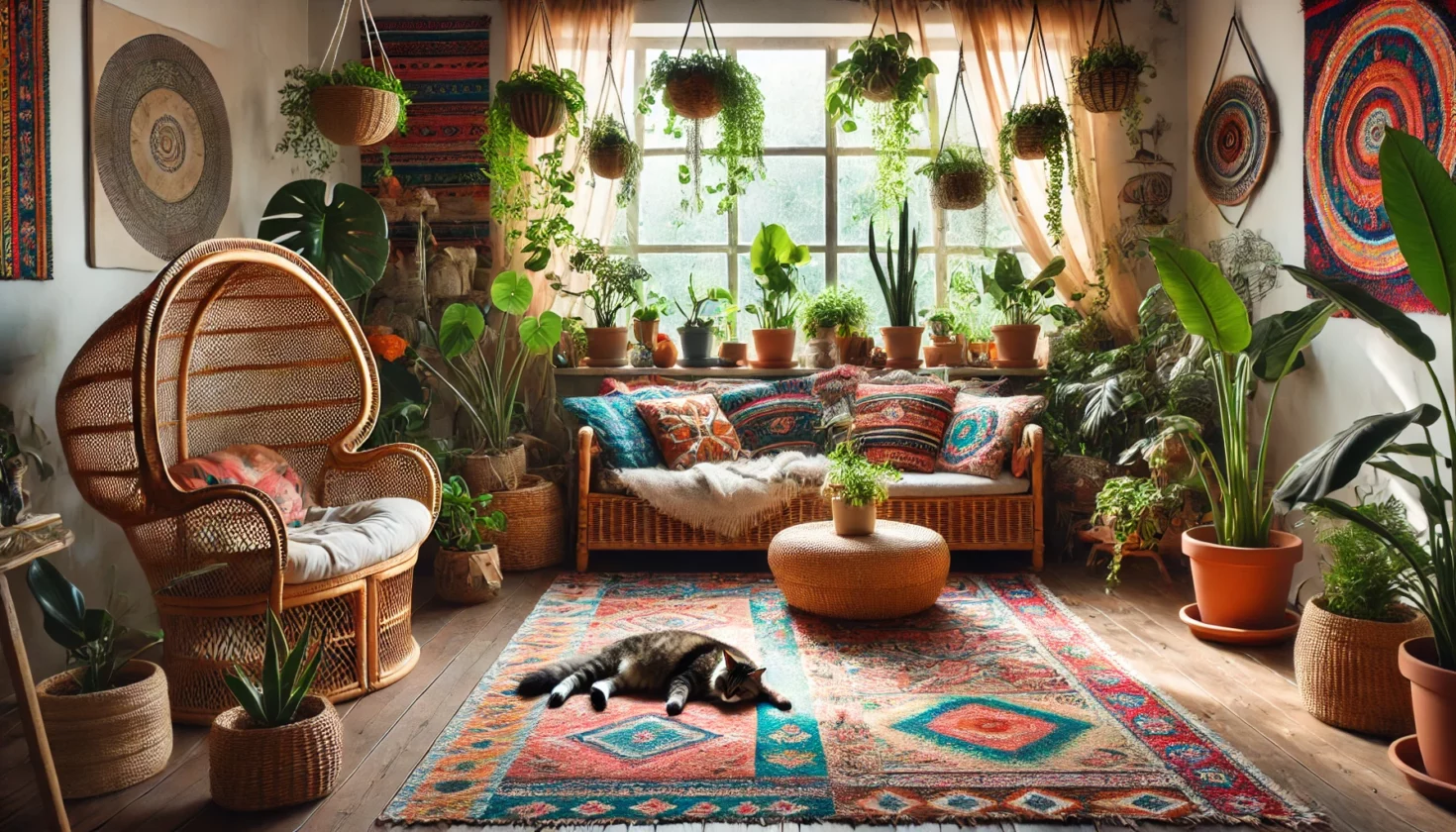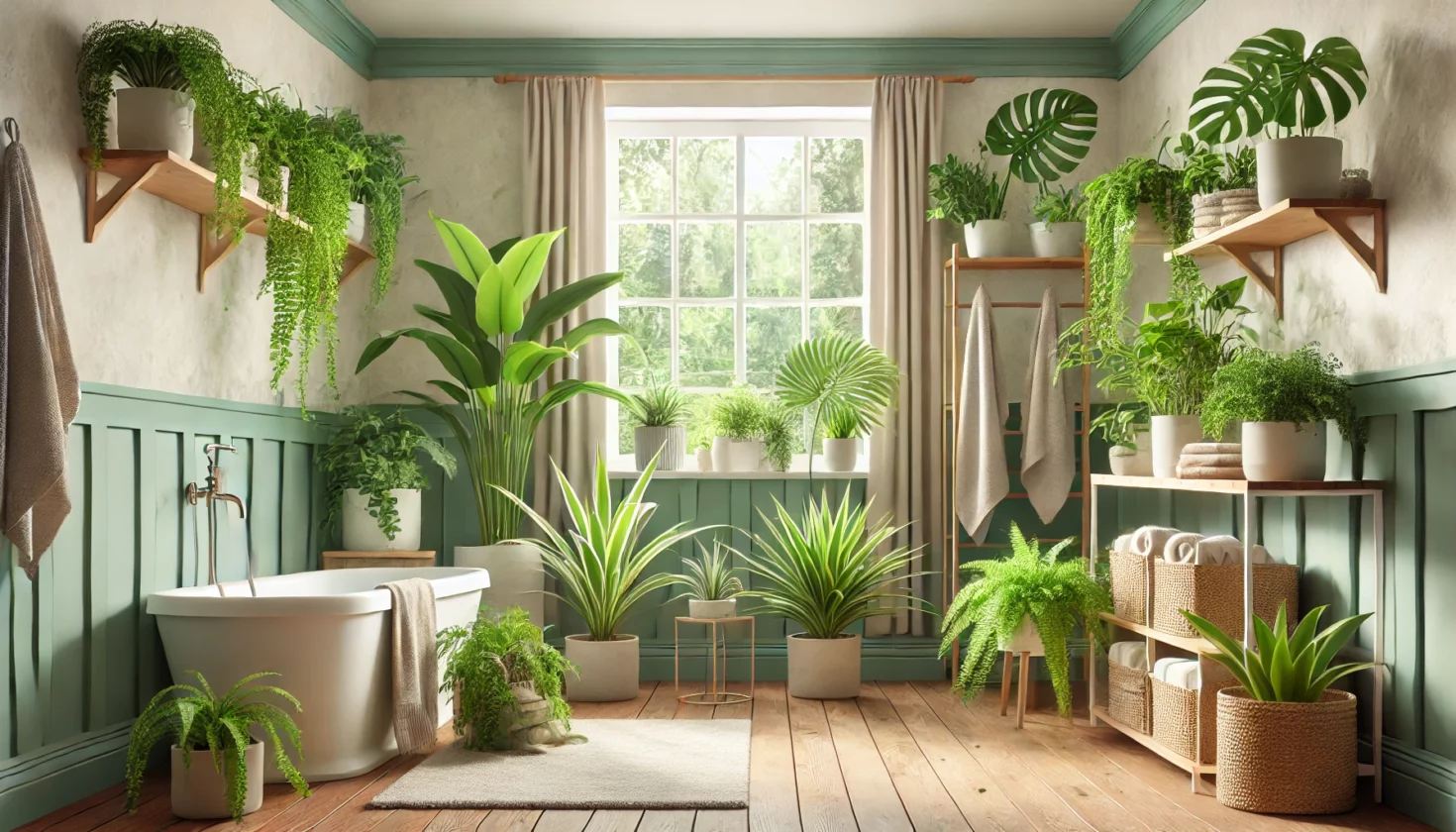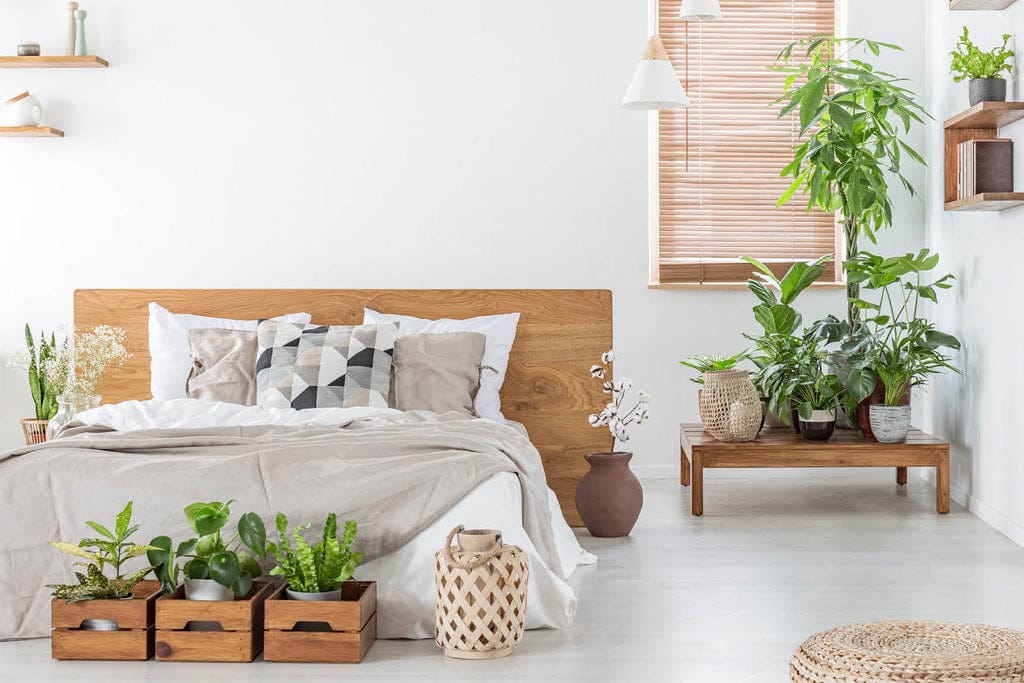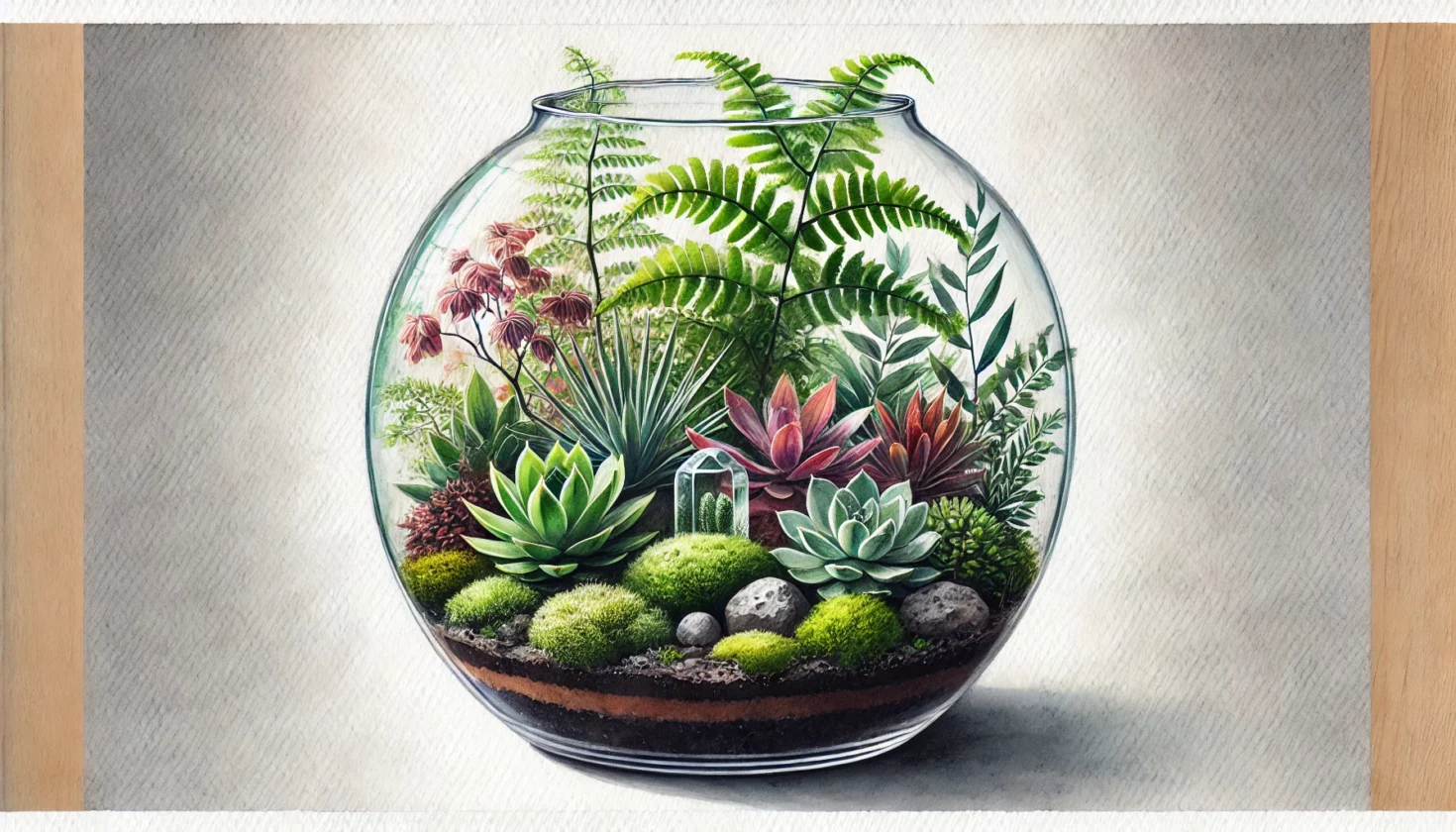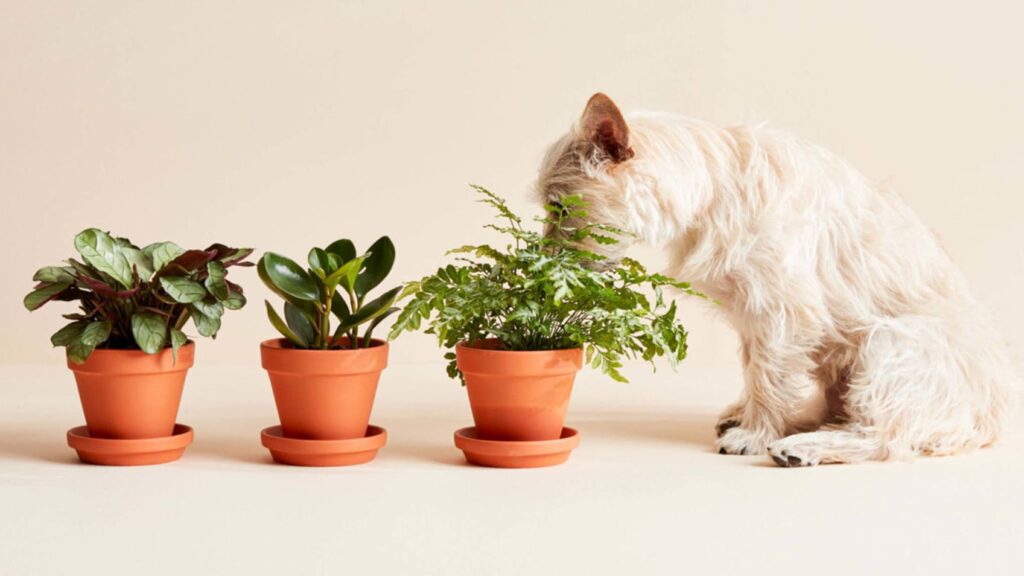Top 10 Best Cat Friendly Plants for Bathroom
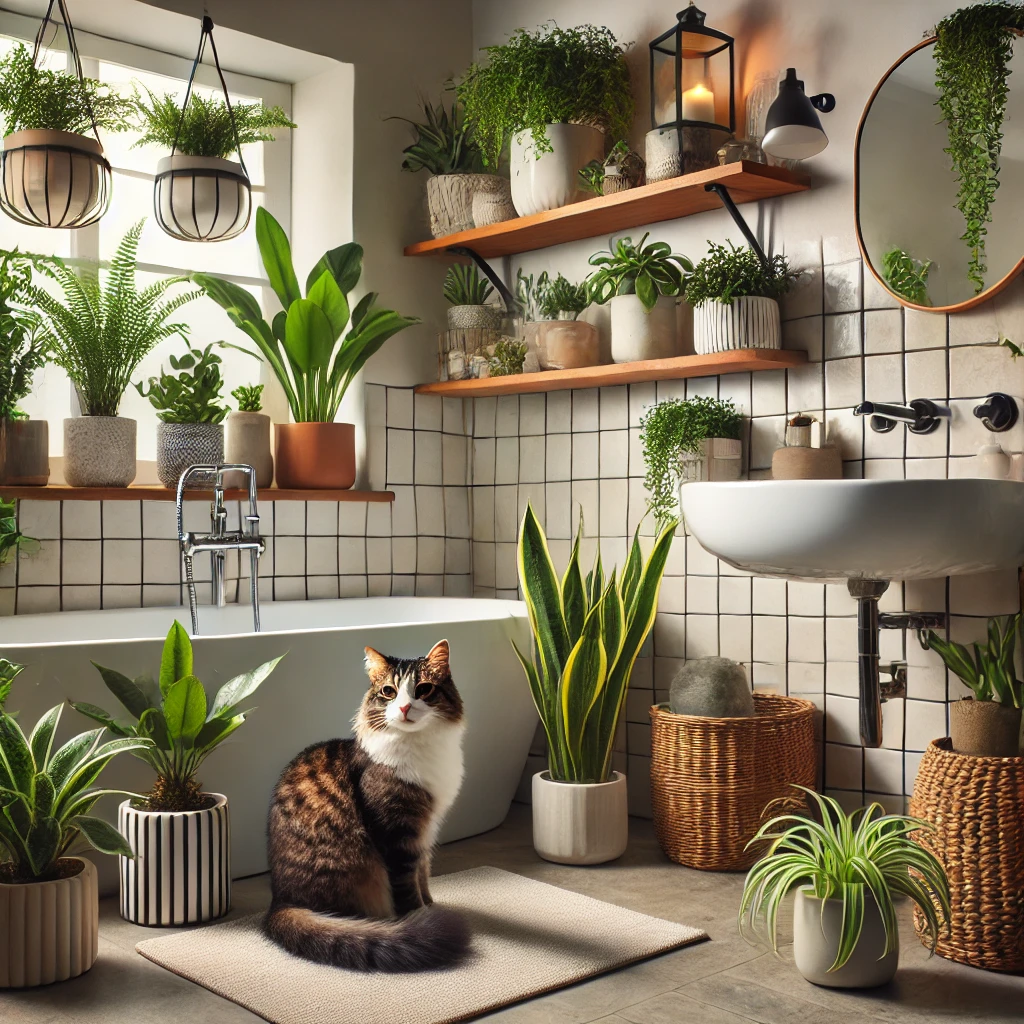
Did you know that indoor air quality can improve by up to 60% with the right houseplants? If you’re a cat owner, it’s essential to choose plants that are non-toxic and thrive in humid environments like bathrooms. In this article, you’ll discover the Top 10 Best Cat-Friendly Plants for Bathrooms that thrive in humidity while being non-toxic to cats. The Spider Plant, Boston Fern, and Areca Palm not only purify air but also withstand moisture levels typical of bathrooms. Additionally, the visually appealing Calathea and Prayer Plant bring striking foliage without compromising your pet’s safety. Keep going to discover how these plants, along with others like the Cast Iron Plant and Parlor Palm, can transform your bathroom into a green oasis.
Best Cat Safe Plants for Bathroom
1. Spider Plant
The Spider Plant (Chlorophytum comosum) is an excellent choice for a cat-friendly bathroom environment. This resilient plant thrives in low to moderate light, making it perfect for bathrooms with limited natural light.
You’ll find spider plant benefits include its air-purifying capabilities; it effectively removes toxins such as formaldehyde and xylene, enhancing indoor air quality.
When it comes to spider plant care, you’ll need to maintain a moderate watering schedule. Make sure the soil remains slightly moist but not waterlogged to prevent root rot. Spider plants prefer well-draining soil, and you should allow the top inch of soil to dry out between waterings.
They thrive in a temperature range of 60-75°F, making them ideal for the typically warm and humid bathroom environment.
Spider plants also produce “pups” or offshoots, which you can propagate easily in water or soil. This propagation method allows you to expand your plant collection effortlessly.
Since they’re non-toxic to cats, you won’t have to worry about your feline friend’s safety. Regularly remove any dead or yellowing leaves to maintain the plant’s health and appearance.
2. Boston Fern
Another excellent choice for a cat-friendly bathroom is the Boston Fern (Nephrolepis exaltata). This lush, elegant plant is non-toxic to cats, making it a safe addition to your home.
Boston fern care involves maintaining high humidity, which aligns perfectly with the typically humid environment of a bathroom. Place your fern in indirect sunlight and guarantee the soil remains consistently moist but not waterlogged.
Boston fern benefits extend beyond aesthetics. It acts as a natural air purifier, removing toxins like formaldehyde and xylene from the air. This function is particularly beneficial in bathrooms, where poor ventilation can exacerbate air quality issues.
Additionally, the fern’s foliage can help maintain humidity levels, creating a more comfortable environment. Pay attention to the plant’s fronds; if they start turning yellow or brown, it might indicate insufficient humidity or improper watering.
Regularly misting the plant and occasional fertilizing during the growing season can promote robust growth. Pruning dead fronds also encourages healthier foliage and prevents disease.
3. Areca Palm
If you’re searching for a striking yet safe plant for your cat-friendly bathroom, consider the Areca Palm (Dypsis lutescens). This tropical plant not only enhances the aesthetic appeal of your space but is also non-toxic to cats, ensuring your feline friend’s safety.
For ideal growth, focus on meticulous areca palm care. These palms thrive in bright, indirect light, making them perfect for bathrooms with ample natural light. Avoid direct sunlight, which can scorch their delicate fronds.
Maintain a consistent watering schedule, ensuring the soil remains moist but not waterlogged. Overwatering can lead to root rot, so proper drainage is essential. Areca Palms also benefit from high humidity, which your bathroom naturally provides, promoting lush foliage.
Fertilize your Areca Palm monthly during the growth season with a balanced, water-soluble fertilizer to support its vibrant green leaves. Prune occasionally to remove brown or yellowing fronds, which helps maintain the plant’s health and appearance.
Understanding areca palm toxicity is important. Thankfully, the Areca Palm is non-toxic to cats, meaning it poses no harm if your furry friend decides to nibble on its leaves.
This makes it an excellent, worry-free choice for a pet-friendly bathroom environment.
4. Calathea
You might find Calathea, a genus known for its strikingly patterned foliage, an enchanting addition to your cat-friendly bathroom.
These plants, often referred to as prayer plants due to their nightly leaf movements, offer both aesthetic appeal and safety for your feline friends.
With numerous calathea varieties to choose from, such as Calathea orbifolia and Calathea lancifolia, you can easily find one that complements your bathroom’s decor.
Effective calathea care requires attention to specific environmental conditions:
- Humidity: Calatheas thrive in high humidity, making your bathroom an ideal location. Regular misting or a humidity tray can further enhance their growth.
- Light: These plants prefer indirect, filtered light. Avoid direct sunlight, which can scorch their delicate leaves.
- Watering: Maintain consistent soil moisture, but guarantee proper drainage to prevent root rot. Over-watering can be as detrimental as under-watering.
5. Bamboo Palm
Just as Calathea captivates with its intricate patterns and vibrant colors, the Bamboo Palm (Chamaedorea seifrizii) offers an equally attractive and cat-safe option for your bathroom. Native to Central America, this plant thrives in humid environments, making it an excellent choice for bathroom decor. Its slender, reed-like stems and feathery fronds create a tropical ambiance while cleansing the air.
Bamboo palm care is straightforward. Guarantee it receives indirect sunlight, as direct exposure can scorch its leaves. Maintain a consistent watering schedule, allowing the soil to dry slightly between waterings. High humidity levels, typical in bathrooms, support its growth, but misting occasionally can further enhance its health. Fertilize monthly during the growing season with a balanced, water-soluble fertilizer.
The bamboo palm benefits go beyond aesthetics. This plant is known for its air-purifying properties, effectively removing indoor pollutants like formaldehyde and benzene. Additionally, it’s non-toxic to cats, so you won’t have to worry about your feline friend nibbling on its leaves.
6. Parlor Palm
The Parlor Palm (Chamaedorea elegans), with its graceful fronds and compact size, is another fantastic cat-friendly plant for your bathroom. This elegant plant thrives in low-light conditions and adds a tropical touch to any indoor space.
Let’s explore why it’s an excellent choice and how to care for it.
Parlor Palm Benefits:
- Air Purification: Parlor Palms are known for their ability to remove toxins such as formaldehyde and benzene from the air, improving indoor air quality.
- Humidity Regulation: This plant naturally increases humidity, which can be beneficial in a bathroom setting where higher moisture levels are common.
- Non-Toxic to Cats: One of the most critical benefits is that it’s safe for cats, ensuring your furry friends remain unharmed.
Parlor Palm Care:
- Light: Place your Parlor Palm in indirect or low light. Direct sunlight can scorch its delicate fronds.
- Watering: Maintain a consistent watering schedule, keeping the soil evenly moist but not waterlogged. Overwatering can lead to root rot.
- Humidity: Since Parlor Palms thrive in higher humidity, your bathroom provides an ideal microenvironment.
7. Prayer Plant
While the Parlor Palm brings a touch of the tropics to your bathroom, another exceptional choice for a cat-friendly plant is the Prayer Plant (Maranta leuconeura). This plant is renowned for its striking foliage, adorned with intricate patterns and vibrant colors. The name “Prayer Plant” originates from the plant’s unique behavior of folding its leaves upward at night, resembling hands in prayer.
For ideal prayer plant care, place it in a spot with indirect light, as direct sunlight can scorch its delicate leaves. Bathrooms are ideal due to their naturally higher humidity levels, which the Prayer Plant thrives in.
Maintain soil moisture consistently but avoid waterlogging by using well-draining soil. Misting the leaves occasionally can further enhance humidity.
The prayer plant benefits your indoor environment by improving air quality through photosynthesis, making it a perfect addition to your bathroom. It’s non-toxic to cats, ensuring your feline friends can coexist safely with this beautiful plant.
8. Baby Rubber Plant
Although often overshadowed by more flamboyant houseplants, the Baby Rubber Plant (Peperomia obtusifolia) is a robust and cat-friendly option for your bathroom. This plant’s thick, glossy leaves and compact growth habit make it an excellent choice for smaller spaces.
Not only is it aesthetically pleasing, but it also poses no risk of toxicity to your feline friends, ensuring a safe environment for curious cats.
To maintain peak health, follow these baby rubber plant care guidelines:
- Light Requirements: Provide bright, indirect light to promote vigorous growth. Although it can tolerate low light conditions, insufficient light may lead to leggy growth and reduced foliage density.
- Watering: Maintain a consistent watering schedule. Allow the soil to dry out between waterings to prevent root rot. Overwatering is a common issue, so be cautious.
- Humidity and Temperature: This plant thrives in high humidity and temperatures between 65-80°F, making a bathroom an excellent location. To enhance humidity, consider misting the leaves or placing the pot on a humidity tray.
9. Bird’s Nest Fern
Boasting a unique rosette of wavy fronds, the Bird’s Nest Fern (Asplenium nidus) is a striking and cat-friendly addition to your bathroom. This fern thrives in high humidity and indirect light, making it an ideal choice for the often moist and dimly lit environment of a bathroom.
To guarantee peak growth, follow these care tips: maintain consistent moisture in the soil without waterlogging, and avoid direct sunlight, which can scorch the fronds. Bird’s Nest Fern benefits from occasional misting to replicate its native tropical habitat. It also prefers a well-draining potting mix rich in organic matter.
Bird’s Nest Fern Care Guide
| Aspect | Requirements | Notes |
|---|---|---|
| Light | Indirect, low light | Avoid direct sunlight |
| Watering | Regular, consistent | Keep soil moist, not soggy |
| Humidity | High | Mist occasionally |
| Soil | Well-draining, rich | Use organic matter |
| Temperature | 60-80°F (15-27°C) | Avoid cold drafts |
Understanding these growth requirements guarantees your fern remains lush and vibrant. Regularly check for signs of stress, such as browning fronds, which may indicate improper watering or light conditions. By adhering to these guidelines, you’ll cultivate a healthy environment for your Bird’s Nest Fern, enhancing both your bathroom’s aesthetics and your cat’s safety.
10. Cast Iron Plant
Durability defines the Cast Iron Plant (Aspidistra elatior), making it a resilient choice for your bathroom. This plant thrives in low light and high humidity, ideal for bathroom environments.
When it comes to cast iron care, minimal effort is required. You won’t need to worry about frequent watering or specific light conditions, as this plant is extremely tolerant.
To guarantee peak growth, follow these guidelines:
- Watering: Water sparingly. Allow the soil to dry out between waterings to prevent root rot. Overwatering is a common issue, so err on the side of caution.
- Light: While it can tolerate low light, moderate indirect light will promote healthier foliage. Avoid direct sunlight, which can scorch the leaves.
- Soil: Use well-draining soil to avert waterlogging. A mixture of potting soil and perlite or sand works well.
For pet safety, the Cast Iron Plant is non-toxic to cats, making it a perfect addition to your feline-friendly bathroom. Its broad, dark green leaves add a touch of elegance while providing a safe environment for your pets.
Conclusion
Adding cat-friendly plants to your bathroom creates a lush, verdant sanctuary while ensuring your feline companions remain safe. Picture a Spider Plant’s cascading leaves purifying the air, or a Boston Fern’s fronds thriving in the humidity. The striking foliage of Calathea and the Prayer Plant adds a splash of color, while the Cast Iron Plant and Parlor Palm flourish in low light. These non-toxic plants transform your bathroom into a serene, jungle-like haven, enhancing aesthetics and air quality with scientific precision.
